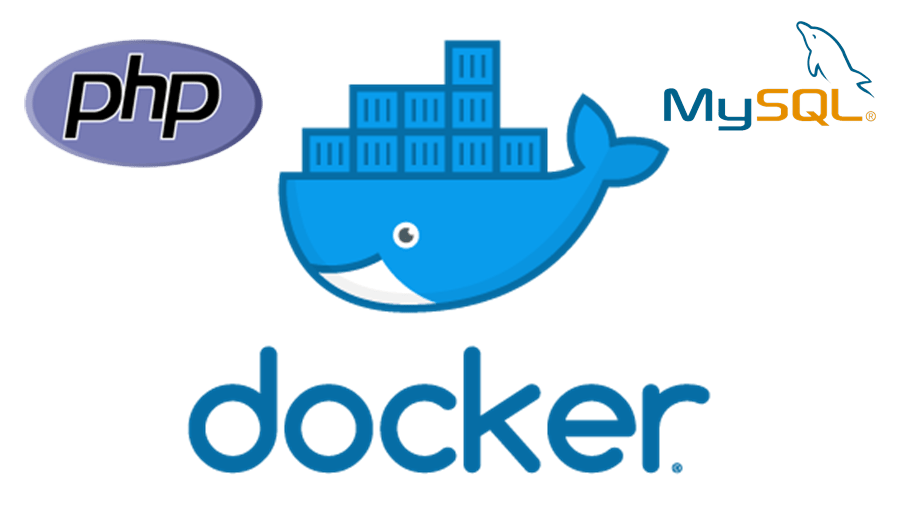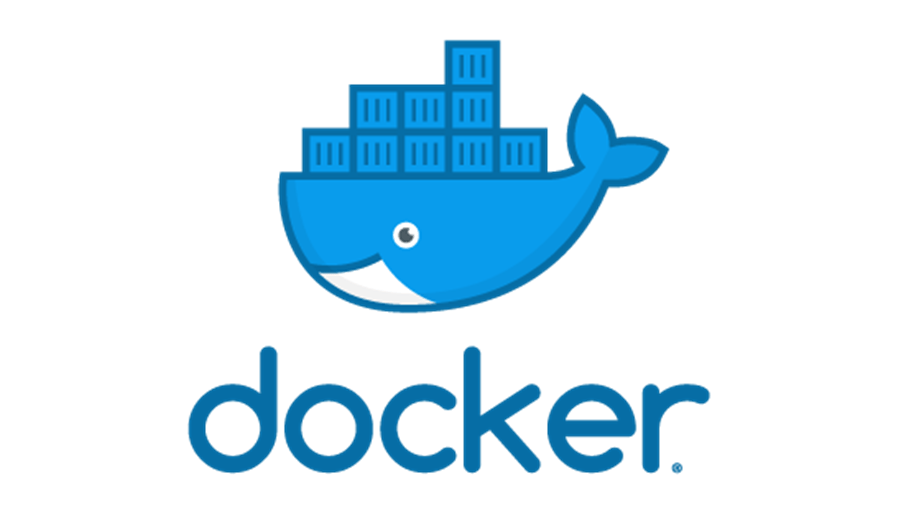The global coronavirus pandemic is affecting the majority of the world’s population. People are locked in their homes, and businesses are trying to adopt remote working solutions. Collaboration is difficult even when your team is in the same office. When the team is separated across different home offices, collaboration and communication get even more complex. This article explains key concepts of DevOps pipelines, and then presents a few ways to get around remote work challenges for DevOps teams. What Is a DevOps Pipeline A software deployment pipeline is a set of solutions and practices that enable you to quickly build, test, and deploy code. Different development methodologies use different pipelines…
-
-
Deploy your first scaleable PHP/MySQL Web application in Kubernetes
Introduction In this post, I am going to talk about Kubernetes, what is it all about, why to use it and how to use it. At the end of this post you should be able to understand the basic working of Kubernetes and be able to deploy your app in a Kubernetes cluster. Prerequisite It will be very difficult to understand Kubernetes if you have no idea of containerization tool like Docker. If you don’t know what Docker is and how to use it for making modular architecture than you should visit this two-part series. (Part 1, Part 2). Infact, I will recommend you to read both part as this…
-
Create your first PHP/MySQL application in docker
In the first part I discussed how to install and configure Docker for PHP based application. In this post, we will be building a full-fledged PHP application that will be communicating with MySQL. Docker Compose In the last post you learned how to install the docker itself and create a Dockerfile. Using command line based tools like docker build and docker run could be tedious in real-world scenarios where you have to run multiple containers. You can consider Compose a batch file that contains a set of instructions, commands to perform operation. Just like you create a Dockerfile to define how your image look like, in docker-compose.yml file you can…
-
Getting started with Docker
A step by step tutorial to install docker on your machine and run your first PHP web application in it
-
How to automate your deployment and SSH activities with Fabric
It is not uncommon for developers to interact with remote servers. Beside FTP clients many use terminals or consoles to carry out different tasks. SSH is usually used to connect with remote servers and execute different commands; from running git to initiating a web or db server, almost every thing can be done by using an SSH Client. Recently I came across an awesome tool called Fabric. It’s a Python based tool that automates your command line activities. What is Fabric? From official website: Fabric is a Python (2.5-2.7) library and command-line tool for streamlining the use of SSH for application deployment or systems administration tasks. It provides a…


